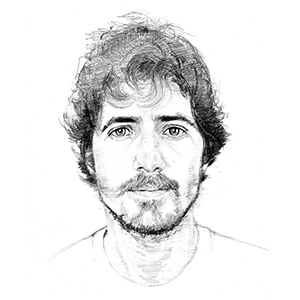
AI misses the point
Leonardo Da Vinci recommended to young artists the practice of finding people around town to use as models and taking note of the most interesting figures with slight strokes in a small notebook they could always carry with them.1
Today, there's no need to draw by hand anymore. The camera captures lights and shadows for you. And AI is learning to do knowledge work.
'When you automate as much of your life as possible, you can spend your effort on the tasks machines cannot do yet.' This is what James Clear says in Atomic Habits. 'Each [automated] habit frees up time and energy to pour into the next stage of growth.'
The amount of tasks machines cannot do yet keeps getting smaller and smaller.
James Clear quotes Alfred North Whitehead—mathematician and philosopher—who wrote, 'Civilization advances by extending the number of operations we can perform without thinking about them.'
The camera misses the point of sketching, which is to understand what you see.2
The machine does the work for us, and we get to skip the struggle. But it is that struggle that makes us learn and master skills.
Imagine a little kid using an AI to draw or color a flower. How is she meant to learn to draw or color when the machine does it for her?
It keeps getting harder to figure out what tasks machines won't be able to do for us. In the future, the skill to be mastered is controlling the machine, what's currently being called prompt engineering.
Technology misses the point of craft.2
No matter how well machines can draw, I will continue to sketch by hand.
Leonardo Da Vinci by Walter Isaacson. ↩
Of course, this is an oversimplification. Many uses of technology and artificial intelligence automate processes that don't provide any value to the human performing the manual task. The gist is that we do certain things for the sake of doing them, not for the outcome and that the journey yields growth to the individual doing the work. ↩ ↩

